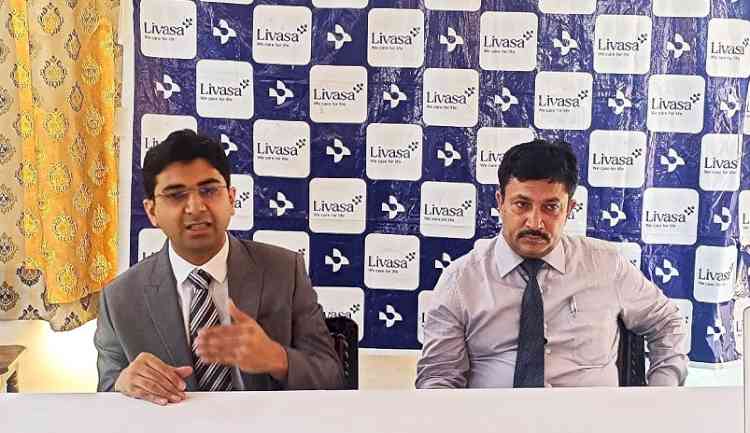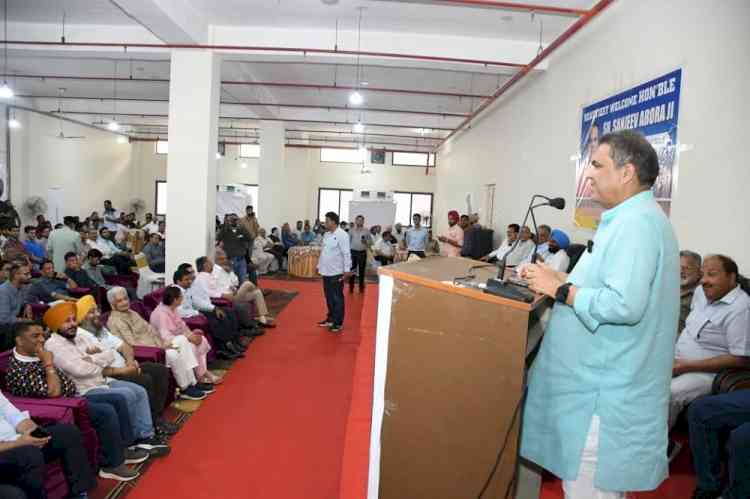Timely treatment prevents amputation in PVD: Dr Ankur Agarwal
“Amputation due to peripheral vascular disease (PVD) can be prevented in 90% of cases with proper education and timely treatment.”

Chandigarh, September 21, 2024: “Amputation due to peripheral vascular disease (PVD) can be prevented in 90% of cases with proper education and timely treatment.”
Talking to media after a CME on ‘peripheral artery disease and diabetic foot’ on Saturday, Dr Ankur Aggarwal, senior consultant vascular & endovascular surgery at Livasa Hospital Mohali said that
PVD is a disease of the blood vessels that affects 15%-20% of the population worldwide. In PAD, the arteries that carry blood to the arms or legs become narrowed or clogged, leading to slowing or stoppage of blood flow.” This disease most commonly affects the legs and sometimes occurs in the arms. Many people do not give much importance to initial symptoms - such as pain or numbness in the legs or arms - because they mistakenly believe it is a normal part of aging. Ignoring the symptoms may lead to gangrene of the limbs and eventually limb loss, he asserted.
Dr Ankur said, “There are various treatment options for PVD, depending on the stage of presentation. In stage 1, if the pain on walking is not too severe then the first line of treatment is medical management in the form of blood thinners (anti-platelets), increasing blood flow (vasodilators), controlling diabetes, hypertension and graded exercises. If the pain does not subside or increases, then treatment should be concentrated on increasing the flow mechanically by angioplasty/stenting and in a few cases bypass grafting.
Stage 2 and 3 require immediate treatment to prevent limb loss in the form of angiography and angioplasty/stenting and as a last resort surgery. Stage 4 is what we want to avoid, but once gangrene sets in, amputation is the only choice as a lifesaving option, he informed.


 City Air News
City Air News 







